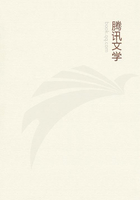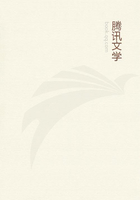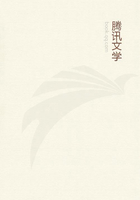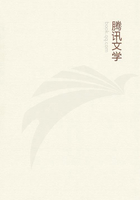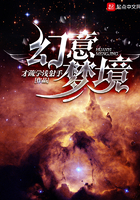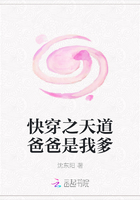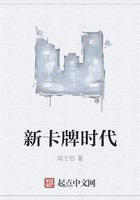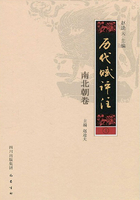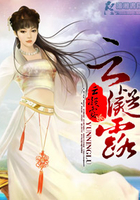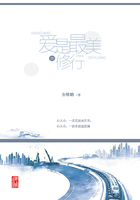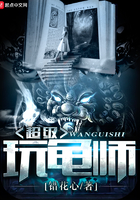In this important paper, Porak, after giving some historical notes, describes a long series of experiments performed on the guinea-pig in order to investigate the passage of arsenic, copper, lead, mercury, phosphorus, alizarin, atropin, and eserin through the placenta. The placenta shows a real affinity for some toxic substances; in it accumulate copper and mercury, but not lead, and it is therefore through it that the poison reaches the fetus; in addition to its pulmonary, intestinal, and renal functions, it fixes glycogen and acts as an accumulator of poisons, and so resembles in its action the liver; therefore the organs of the fetus possess only a potential activity. The storing up of poisons in the placenta is not so general as the accumulation of them in the liver of the mother. It may be asked if the placenta does not form a barrier to the passage of poisons into the circulation of the fetus; this would seem to be demonstrated by mercury, which was always found in the placenta and never in the fetal organs. In poisoning by lead and copper the accumulation of the poison in the fetal tissues is greater than in the maternal, perhaps from differences in assimilation and disassimilation or from greater diffusion. Whilst it is not an impermeable barrier to the passage of poisons, the placenta offers a varying degree of obstruction: it allows copper and lead to pass easily, arsenic with greater difficulty. The accumulation of toxic substances in the fetus does not follow the same law as in the adult. They diffuse more widely in the fetus. In the adult the liver is the chief accumulatory organ. Arsenic, which in the mother elects to accumulate in the liver, is in the fetus stored up in the skin; copper accumulates in the fetal liver, central nervous system, and sometimes in the skin; lead which is found specially in the maternal liver, but also in the skin, has been observed in the skin, liver, nervous centers, and elsewhere in the fetus. The frequent presence of poisons in the fetal skin demonstrates its physiologic importance. It has probably not a very marked influence on its health. On the contrary, accumulation in the placenta and nerve centers explains the pathogenesis of abortion and the birth of dead fetuses ("mortinatatite") Copper and lead did not cause abortion, but mercury did so in two out of six cases. Arsenic is a powerful abortive agent in the guinea-pig, probably on account of placental hemorrhages. An important deduction is that whilst the placenta is frequently and seriously affected in syphilis, it is also the special seat for the accumulation of mercury. May this not explain its therapeutic action in this disease? The marked accumulation of lead in the central nervous system of the fetus explains the frequency and serious character of saturnine encephalopathic lesions. The presence of arsenic in the fetal skin alone gives an explanation of the therapeutic results of the administration of this substance in skin diseases.
Intrauterine amputations are of interest to the medical man, particularly those cases in which the accident has happened in early pregnancy and the child is born with a very satisfactory and clean stump. Montgomery, in an excellent paper, advances the theory, which is very plausible, that intrauterine amputations are caused by contraction of bands or membranes of organized lymph encircling the limb and producing amputation by the same process of disjunctive atrophy that the surgeons induce by ligature. Weinlechner speaks of a case in which a man devoid of all four extremities was exhibited before the Vienna Medical Society. The amputations were congenital, and on the right side there was a very small stump of the upper arm remaining, admitting the attachment of an artificial apparatus. He was twenty-seven years old, and able to write, to thread a needle, pour water out of a bottle, etc. Cook speaks of a female child born of Indian parents, the fourth birth of a mother twenty-six years old. The child weighed 5 1/2 pounds; the circumference of the head was 14 inches and that of the trunk 13 inches. The upper extremities consisted of perfect shoulder joints, but only 1/4 of each humerus was present. Both sides showed evidences of amputation, the cicatrix on the right side being 1 inch long and on the left 1/4 inch long. The right lower limb was merely a fleshy corpuscle 3/4 inch wide and 1/4 inch long; to the posterior edge was attached a body resembling the little toe of a newly-born infant. On the left side the limb was represented by a fleshy corpuscle 1 inch long and 1/4 inch in circumference, resembling the great toe of an infant. There was no history of shock or injury to the mother. The child presented by the breech, and by the absence of limbs caused much difficulty in diagnosis.
The three stages of labor were one and one-half hours, forty-five minutes, and five minutes, respectively. The accompanying illustration shows the appearance of the limbs at the time of report.
Figure 10 represents a negro boy, the victim of intrauterine amputation, who learned to utilize his toes for many purposes.
The illustration shows his mode of holding his pen.
There is an instance reported in which a child at full term was born with an amputated arm, and at the age of seventeen the stump was scarcely if at all smaller than the other. Blake speaks of a case of congenital amputation of both the upper extremities.
Gillilam a mentions a case that shows the deleterious influence of even the weight of a fetal limb resting on a cord or band. His case was that of a fetus, the product of a miscarriage of traumatic origin; the soft tissues were almost cut through and the bone denuded by the limb resting on one of the two umbilical cords, not encircling it, but in a sling. The cord was deeply imbedded in the tissues.

